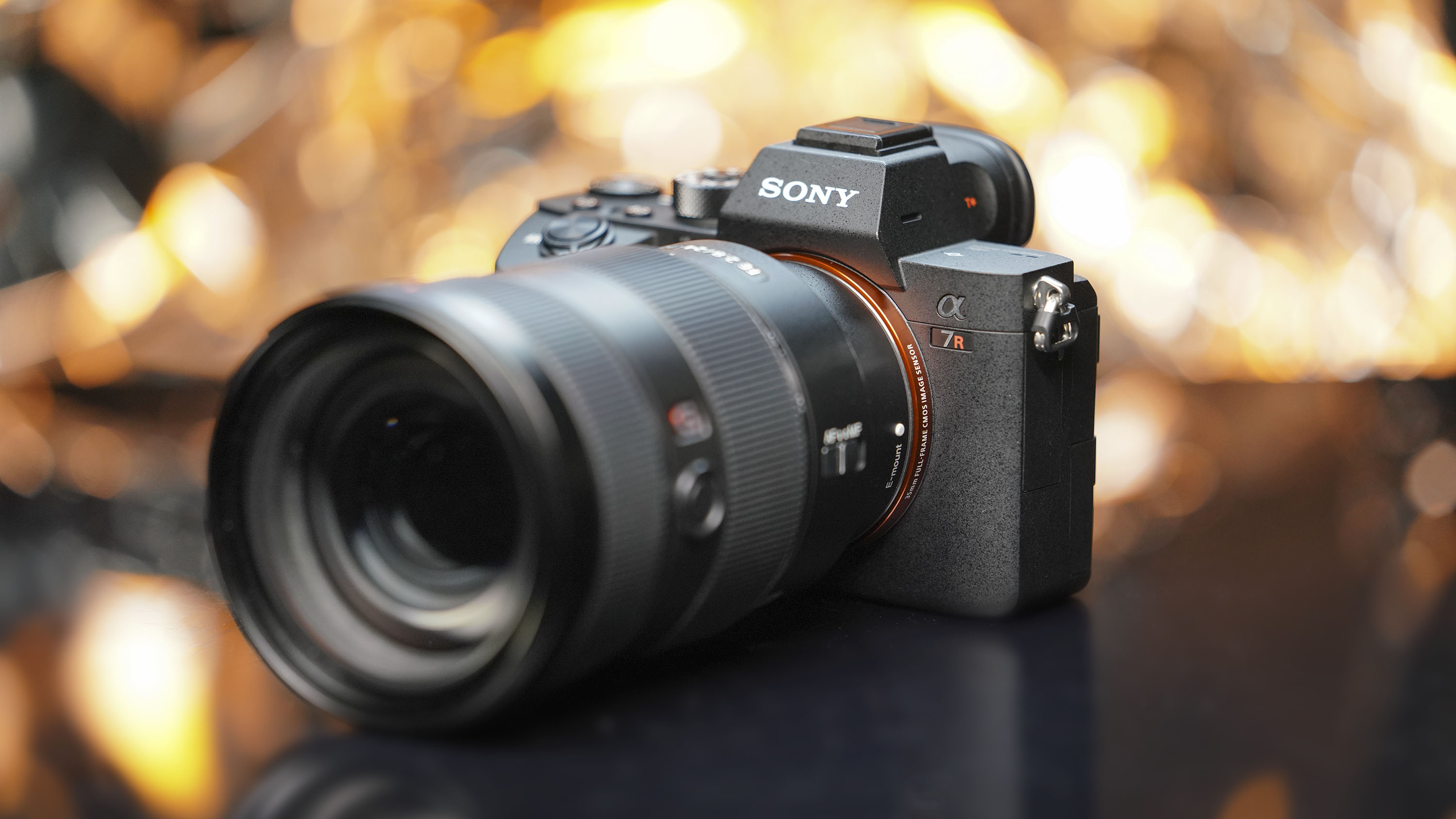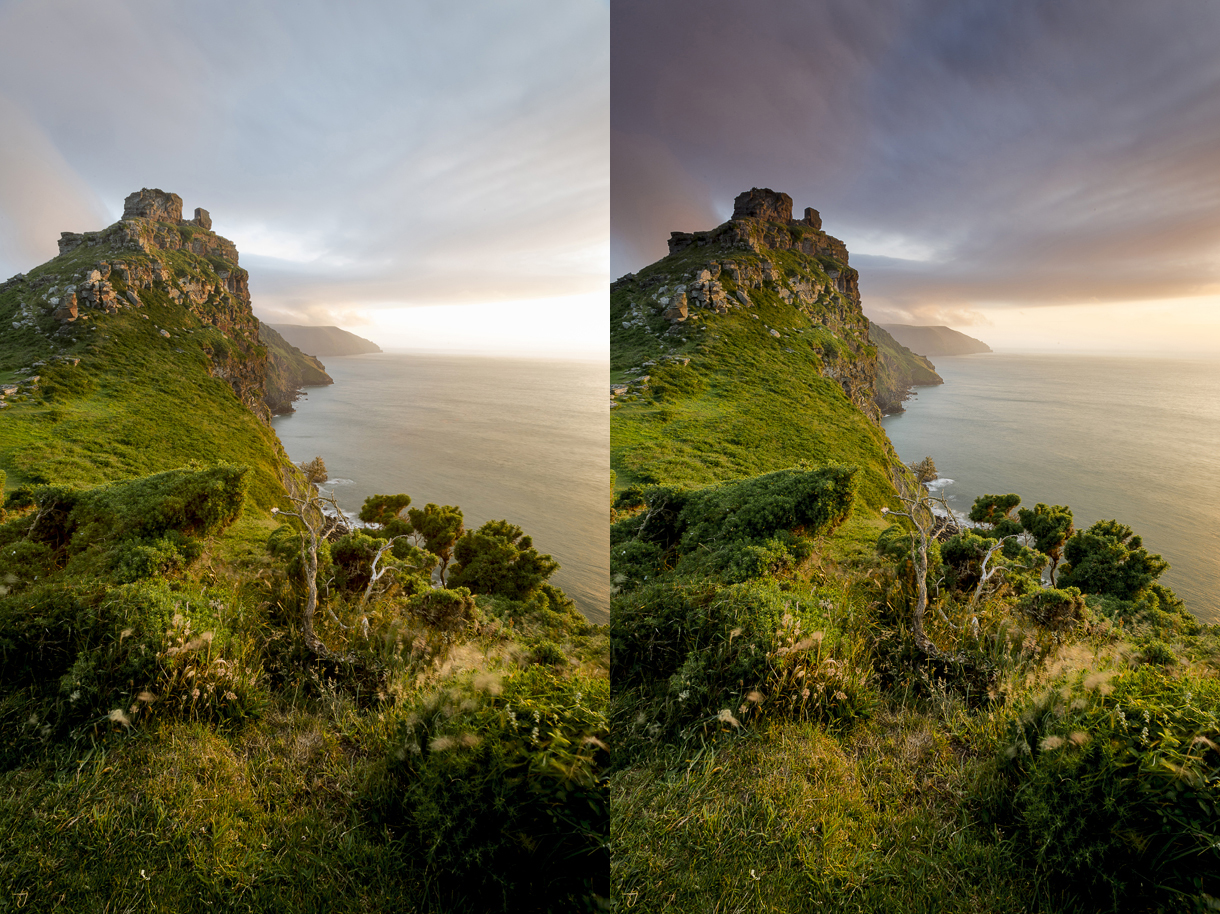Smartphones vs cameras: do you still need a DSLR?
Could your smartphone one day be the only camera you need?
In recent years some technology commentators have suggested that smartphone camera technology will eventually become so good that people won’t need or want a mirrorless camera or DSLR. It’s a bold claim, so let’s consider some of the facts.
Smartphone camera technology has come on leaps and bounds in recent years, and if developments continue on their current trajectory, then in, say, 10 years' time phone cameras should indeed be capable of producing images comparable to those from today's high-end cameras, and with equally impressive features and functionality. So surely this proves the camera is indeed doomed?
However, in the next decade camera sensor technology will also improve massively. So even if smartphones become capable of the image quality a full-frame DSLR can deliver today, just imagine how much better the equivalent camera would be – it’s all relative.
So, while you may be now thinking,"well I’d be happy with that", we’d bet that in 10 years you won’t think that way. As technology improves our expectations increase in line with it. So, if you get used to that higher level of quality from your camera you'll naturally consider your smartphone to be inferior, which it always will be.
Smartphones have, to all intents and purposes, killed off the standard compact camera
Smartphones have, to all intents and purposes, killed off the standard compact camera market. The fact that most people always have a smartphone with them, coupled with the fact that they produce image quality rivaling that of a £100/$100 compact, means fewer people are buying this particular type of camera.
However, rugged compacts– those that can be used underwater, frozen, dropped and generally be treated badly – are an exception because they offer something unique. As do prestige compacts, which feature larger sensors, and the controls and settings you’d find on a DSLR or mirrorless camera.

When it comes to DSLRs and mirrorless, these two types of camera produce significantly better image quality than even the best smartphones, as well as offering high-quality interchangeable lenses that make it possible to shoot a wide range of subjects – fast primes for a shallow depth of field in portraits and still life, ultra-wide-angle for landscapes, telephoto for sports, macro for extreme close-up photography, perspective control for architecture.
Sign up for breaking news, reviews, opinion, top tech deals, and more.
Where we are now
Many mobile phones are now capable of shooting raw files as well as JPEGs, which means that when it comes to editing you have a great deal more control over how an image looks, including enhancements such as noise reduction. Couple this with an app such as Lightroom CC and you can produce images that will look fantastic on the web, or printed at a small size such as 7 x 5 inches or 10 x 8 inches.
Lightroom CC also enables you to shoot high dynamic range (HDR) images in Adobe's DNG universal raw file format), which means you can capture a much higher dynamic range than with a standard DNG file. Couple this with the powerful editing controls, which includes localized adjustment tools using touch control if you have a Creative Cloud subscription, and the possibilities are huge.
The toughest question in all of this is whether it really matters that smartphone image quality is inferior to DSLRs and mirrorless cameras
The toughest question in all of this is whether it really matters that smartphone image quality is inferior to that of DSLRs and mirrorless cameras. In the end it comes down to three main things: your expectations of image quality, how much control over things like exposure and lens choice you need, and what you’ll be doing with your images once you've taken them.
For some people, a smartphone is just like the basic compact camera they used to use anyway, while for others it’s little more than a snapshot device that compliments their main camera.
Comparing image quality
The best way to compare images from smartphones and a camera is to compare shots taken at the same location, and at the same time, so that's what we did, choosing for our test the stunning scenery of Wales' Snowdonia national park, a popular location that attracts landscape photographers from all over the UK and around the world.
The DSLR used was a Nikon D610 with a 16-35mm lens, and ND graduated filters for additional exposure control when required, with all shots taken with the camera attached to a tripod. Our smartphone was the Samsung Galaxy S8, which we used handheld; the S8 is generally considered to have one the best camera phones out there (although the new Samsung Galaxy S9 looks to be better again). All images were shot using Lightroom’s HDR DNG mode, and processed in the app.
Llynn Idwal


This scene was the brightest of the three, and the one the Galaxy S8 was able to cope with best. The most significant issues here were the smartphone's inability to shoot at a slower shutter speed to blur the water, and the roughly 24mm fixed focal length, which gave a narrower field of view.
Llyn Padarn


In this backlit shot the Samsung has down extremely well. Image quality is clearly lower than from the DSLR, and the shorter exposure time has meant the water hasn’t been smoothed out, but it's not bad at all for such a tiny sensor, and with limited control over camera settings.
Cwm Idwal


This was the toughest test of all, because these images were taken just after sunset. The first thing you’ll notice is that the water has been frozen in the phone shot, rather than blurred. But a bigger issue is the high level of chroma (color) noise in some but not all parts of the image.
In all the images, the Galaxy S8 camera really has been pushed to its limits, because light levels weren’t at their brightest for any of the shots. So, in this respect, the performance of the smartphone has been exceptional. Image quality was evidently not as good as the DSLR, but that was always to be expected, and without mounting the camera on a mini tripod your options for using longer shutter speeds creatively to blur water and cloud movement are limited.
The future of camera technology
The big improvements we're likely to see in stills camera technology in the coming years will be in the areas of ISO and noise control, dynamic range and resolution. Cameras will no doubt be able to capture a much wider dynamic range, that one day, could mean ND graduated filters become obsolete, because cameras will be able to capture all detail within a scene, no matter how much contrast there is. And high-ISO noise control could be so effective that high ISO settings are able to deliver cleaner images than low settings can today.

For the photographer who likes to get things right in-camera, could we one day see sensors where light sensitivity can be altered and graduated from one part of the sensor to another? Controlled by touchscreen technology, the ‘graduated filter’ could be 'drawn' over the desired part of the frame, much in the same way that you use the Graduated Filter Tool in Lightroom Mobile.
Further developments here could potentially include lower minimum ISO settings, which would reduce the need for ND filters. Most cameras have a minimum ISO of 100, although it's 50 on some higher-end cameras, but how much lower this can be pushed remains to be seen.
Much of this, of course, is wishful thinking on the part of photographers rather engineers – but then 20 years ago who would have thought that today we’d be walking around with touchscreen devices, connected to fast mobile internet and massively more powerful than computers of that time?
It feels like almost anything is possible. The future of camera technology looks promising, both for conventional cameras and for the ones on our phones, and we can’t wait to see what innovations are around the corner.
It’s often said that the best camera you have is the one you have with you, and while this is an over-used quote, it's also true
So, are the days of the camera numbered? It's highly unlikely. It’s often said that the best camera you have is the one you have with you, and while this is an over-used quote, it is true.
The better the image quality from a smartphone, and the better its controls and apps for editing, the easier it is for you to capture the best images possible when you need to. Smartphones will never supersede cameras, but they'll remain powerful tools that you can carry in your pocket at all times, to use as a compact option that compliments the quality and control offered by your DSLR or mirrorless camera.

James Abbott is a professional photographer and freelance photography journalist. He contributes articles about photography, cameras and drones to a wide range of magazines and websites where he applies a wealth of experience to testing the latest photographic tech. James is also the author of ‘The Digital Darkroom: The Definitive Guide to Photo Editing’.